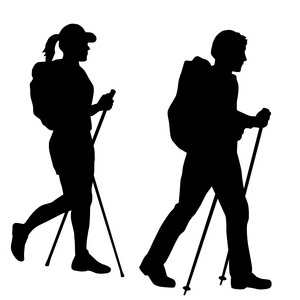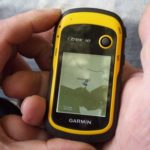Prepare, stay hydrated and be Safe when Hiking
A hike is not a walk. It is a physical challenge involving a climb, a descent or both. Being properly prepared and aware of any likely challenges. Research the route to best understand the conditions you’ll face and prepare and equip yourself to complete it on your terms, especially ensuring you have sufficient water to stay hydrated.
Preparation
Preparation covers fitness, knowledge and equipment. Wherever you intend to hike, be up to the specific demands of that route. Most hikes are rated for fitness level and difficulty. Physical exertion is one thing, exhaustion or injury another. Research it online, copy maps and read reviews or blogs of those who’ve gone before.
Sore feet, joints and ligaments are the most common injuries for hikers. Minimise these with proper training and equipment. Start with socks and underwear, because blisters and chaffing can be a nightmare. Choose the right footwear for the trail you’re taking. Boots with ankle support if it’s rocky terrain. Long sleeves and legs (or zip-offs) can protect from sun, scratches and insects. A hat in all conditions.
What you carry and how you carry it will depend on your hike duration. A comfortable pack is where you start, choosing one that will carry your supplies and not strain your back or shoulders.
Hydration
Drinking water before, during and after a hike will prevent dehydration. You shouldn’t feel thirsty to drink, as fluid intake needs to keep pace with exertion. The weather is always a factor. In heat you may need to replace 1 litre per hour.
Signs of dehydration begin at thirst. Your mouth may become dry, your energy levels drop and you might feel head achy. Dizziness and nausea are signs of more severe dehydration and you need to drink.
Dehydration will deplete electrolytes in in your blood, urine, tissues, and other body fluids. Sodium (salt), chloride, potassium and calcium are all types of electrolytes and are found in our food and drink. Keeping hydrated is better than re-hydrating.
Safety – Cover, Caution and Catering
Packing for a hike isn’t guesswork. The weather and difficulty of the route, duration, and distance from help are factors to take into account. Don’t rely on others, but equally make sure they’re well prepared too.
- Tell or register with family, friends or rangers the where, when and return
- Take hiking poles if the route demands it or you have those sort of knees or balance issues
- If your phone is your map, ensure it’s charged and take backup power (and cord)
- A spray jacket can be protection, warmth or picnic rug. Socks and underwear for each day or spares
- A modest first aid kit can deal with an ankle, a bite or a gash, with some pills and antiseptic on hand
- Have a meal plan, water plan and snack plan to cover, satisfy and provide contingency – matches for a fire?






